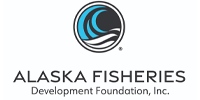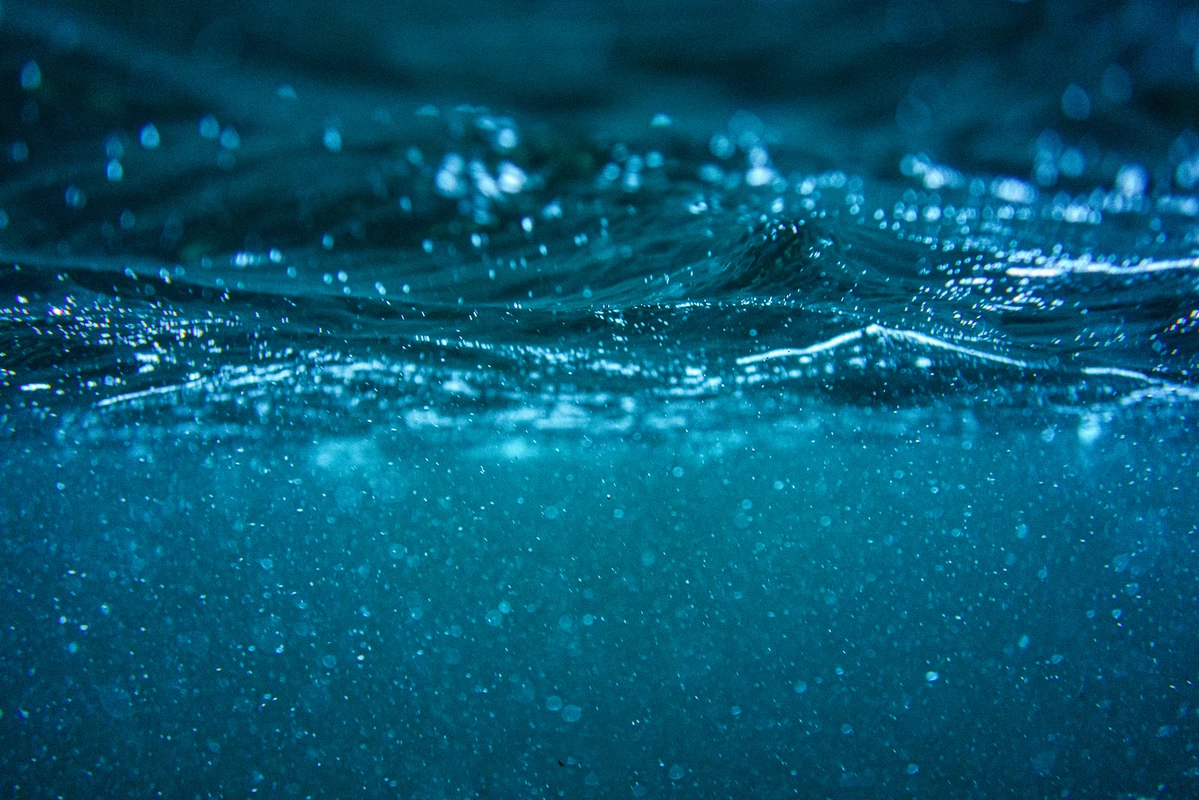Project Overview
Optimizing aquatic farm gear to reduce labor and increase oyster growth and yield is a goal for many Alaskan oyster farms. Tumble cages have become a popular culture method in other oyster growing regions, as they improve oyster shape, size and yield while reducing labor for farmers.
The tumble cage method has numerous advantages including:
- Harnessing tidal and wave movement to improve oyster shape
- Mixing oysters within the cages to prevent uneven growth or crowding without the energy requirement of mechanized tumblers
- Creating an unfriendly environment for sea stars which reduces predation
- Reducing labor by lowering the frequency of removing oysters from the water.
Previous trials of tumble culture methods in Alaska have been unsuccessful however, due to the turbulent conditions found at many Alaskan oyster farms. These conditions create an “over tumbling” effect where oysters and gear can be damaged. With a collaborative team of engineers, oyster farmers, and a biologist we will design, fabricate, and test Alaska-specific and farm-specific tumble culture gear. We will utilize industry standard SEAPA cages installed in custom fabricated Alaska-capable support structures.
Typically cages are suspended in a structure using clips on a line, allowing for a large and uncontrolled range of motion. In order to account for rough conditions at SE Alaskan oyster farms, we have designed a novel method of mounting the cage to the frames that allows us to both dampen and finely tune the cage motion. Caging systems will be tested at three existing oyster farms spread-out throughout Southeast Alaska, each with a unique location (tidal and subtidal) and limitations for oyster production. Due to the risk, financial, and staffing burden of testing new gear at individual farms. This collaboration with AFDF funding support is crucial to determine the viability and Alaska-specific best practices for this potentially game-changing oyster growing method.
Interim Report
Producing market quality oysters requires significant labor and cost on the part of farmers in Alaska. For farmers, some of the largest labor and capital sinks are in efforts to promote growth, optimize shell morphology, and combat biofouling.
Commercially available tumble culture gear has the potential to reduce labor and costs associated with producing marketable oysters by using wave and tidal action to tumble oysters in cages. However, transitioning to new types of gear represents a significant risk on the part of farmers. Our proposal aimed to trial tumble culture in multiple configurations on oyster farms in SE Alaska to assess whether this method could provide benefits to oyster growers in Alaska.
As of Spring 2024, 9 cage array systems, 60 tumble cages, and over 45,000 oysters have been deployed at two of the partnering farm sites for this project (Salt Lady and Hump Island). Along with oysters, several cages in each array system have been equipped with temperature loggers and accelerometers to track temperature and water movement at each farm site. Meanwhile, additional oysters and loggers have been placed in control cages or bags to compare our tumble culture arrays to each farm site’s current culture method. In late June and July we collected subsamples of oysters from each cage to start assessing growth and morphology differences between treatments. We also downloaded data from loggers and assessed biofouling on cages in the different treatments.
Due to logistical challenges (e.g. boat mechanical issues) we have had to make some modifications to our original plans. For example, we installed one large intertidal array at the farm in Juneau, as opposed to one small one at each site as it is easier to access. As we could not deploy gear at Kawuu Oyster Company early enough in the growing season, we have decided to use the results of this preliminary study to deploy a version 2 research farm in Hoonah in the future.
We will continue to collect data and track oyster performance in the different treatments across farms through the end of the growing season (October). We will then collate and analyze all the data and compare oyster outcomes before writing our final report and recommendations to farmers.
Additional Information
No anticipated challenges in completing the current scope of work by the planned end date. Anticipate spending all of the awarded funds. Since applying for this grant, Ostrea Marine has become a host employer for the Tlingit and Haida Youth Employment Services program. Through this program, we are proud to have Edward Williams working with us on this project while gaining work experience in marine science and oyster farming. We also have been fortunate to have Elizabeth Roros, an undergraduate at the University of Delaware and NOAA Hollings Scholar working with us on this project for the summer. Elizabeth will be writing her senior thesis using data and analyses from this project.
Project Thesis



